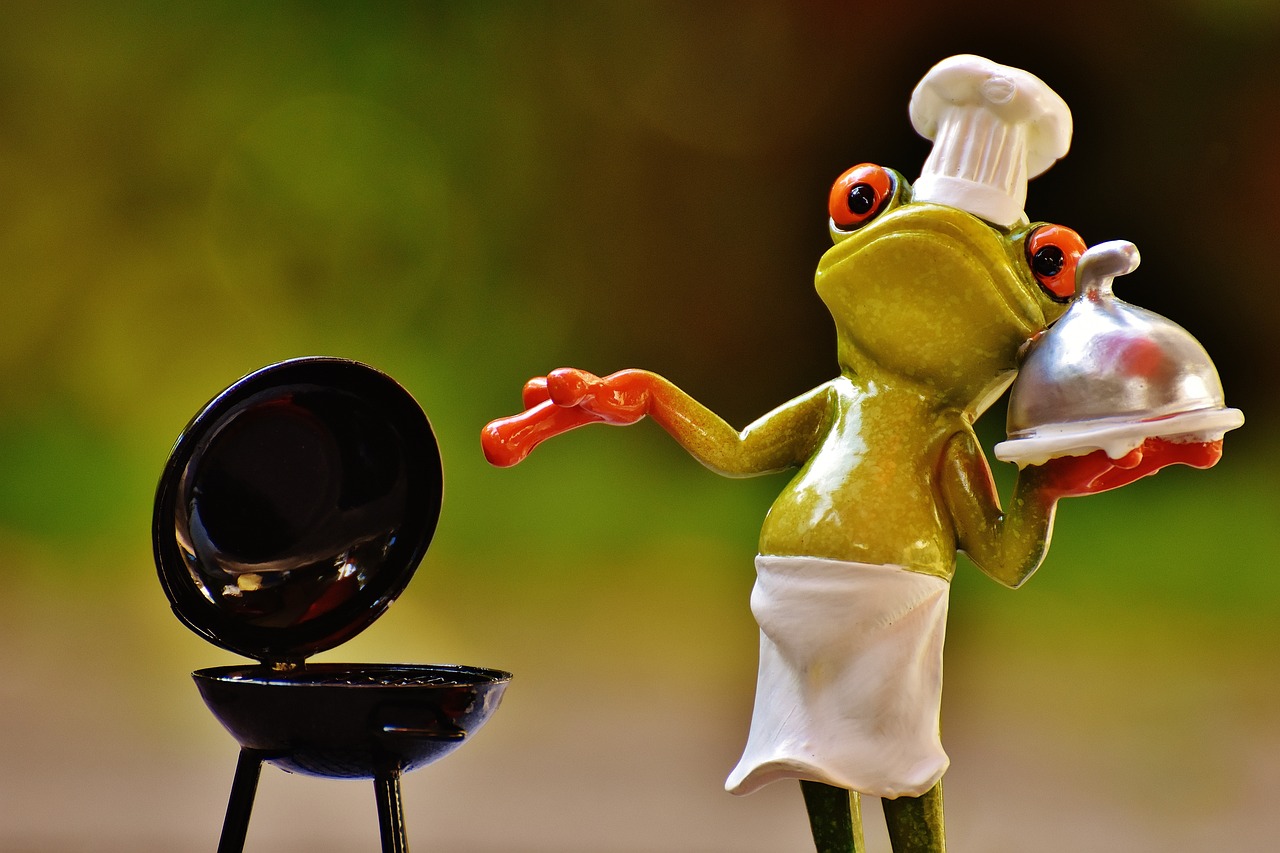Types of Chefs
Contemporary cuisine, from institutions to fine dining restaurants, follows a strict hierarchy in which the chef plays the leading role. Duties vary according to the exact requirements of a particular kitchen, but in most upscale American and European institutions, nomenclature and roles are determined by the brigade system.
Within the brigade system, there are ten major stations that must be manned. Smaller businesses often combine one or more stations and assign them to a cook to maximize the efficiency of their limited kitchen staff. On the other hand, larger facilities may add additional wards to further differentiate some of the individual specialties within each larger ward.
The French Brigade system was originally deployed to keep the kitchen running as smoothly as possible. Typical positions start at the top position of Executive Chef, then Sous Chef, and then Senior Chef. Other chefs may only be responsible for one aspect of the menu, such as B. Grilled items, sauces, fried items or fish
Saucier
The saucier, also known as the sauce chef, reports directly to the head chef or sous-chef, making it frequently the highest-respected position in the kitchen brigade system. The saucier is in charge of sautéing foods and making soups and stews, among other things. However, their most important job is making all sauces and gravies that go with other dishes.
Poissonnier
In the kitchen, the preparation of all fish dishes is the responsibility of the poissonnier, also known as the fish chef. This might entail getting fresh fish on a daily basis from fishermen or other merchants in the area, as well as bringing in catches from outside the area whenever it's necessary to add to the menu. Additionally, whether they are appetizers or entrees, all of the fish dishes on the menu are prepared by the poissonnier. When there isn't a saucier, the poissonnier often makes any sauces that need to go with the fish in smaller kitchens. He would also be responsible for any soups or fish stocks as a result of this.
Any roasted or braised meats on the menu are prepared by the rotisseur, also known as the roast chef. Steaks, veal, lamb, and anything else that is similar fall under this category. Additionally, the rotisseur may be in charge of arranging deliveries from other retailers or sourcing meats from nearby suppliers. The meats are frequently cooked very slowly in order to retain as much flavor as possible in the cooking methods used. Braising also involves searing the outside of a meat to keep moisture in and then cooking it in the oven or on the stove to bring out the flavor and get a tender cut. Many meats are braised.
Grillardin
The grillardin, also known as the grill chef, is in charge of all grilled foods, as the name suggests. Meats, poultry, and even vegetables are examples of this.
Grill chefs.
Friturier
The friturier, also known as the fry cook, is in charge of any food that needs to be cooked in oils or other types of animal fat. The friturier, like the grillardin, can handle meat, potatoes, and vegetables.
Entremetier
The vegetable chef would be located at the entremetier station. Larger establishments may frequently choose to employ two distinct chefs to work the entremetier station, in contrast to other stations that are managed by a single chef. Any soups on the menu would be prepared by a potager chef, and any vegetable dishes would be prepared by a legumier chef.
Tournant
The tournant is the kitchen brigade's all-purpose chef. The position is designed to assist with any required tasks while moving from station to station. In order to step in when another station member is absent or the workload approaches a more frantic pace, the tournant and his commis must have a broad understanding of each station's basic operations.
Garde Manger
The majority of the cold dishes on the menu are handled by the garde manger, also known as the pantry chef. This includes a variety of salads as well as cold appetizers like tartars, cheese spreads, and pate. The garde manger is also in charge of making sure that any big buffets look nice. This is typically done with a wide range of food items and vegetables that are decorative, especially when they are carved or molded into artistic designs. Some experts stand out from their peers because they specialize in the garde manger art of ice carving.
Boucher
Before being delivered to their respective stations for use in menu dishes, the boucher is in charge of preparing all meats and poultry. The boucher, who may also handle fish and seafood preparations, is also known as a butcher.
Patissier
The patissier, also known as a pastry chef, is typically one of the station chefs with the most acclaim because of the dishes he prepares. Pastries and breads, among other baked goods, are made or prepared at this station. Pâtissiers are known for their sweet breads and croissants for breakfast, but sophisticated chocolates and petit fours show that this is an art form.

